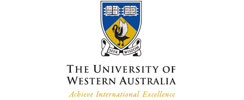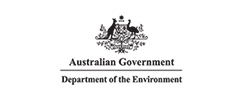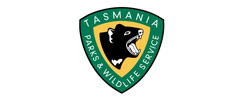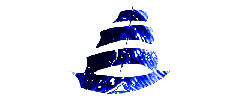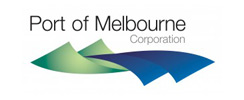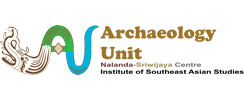Thursday 26 April
The team relocated from their slumbered depths out into the wider crisp world of a pre-dawn sortie to Queenscliff where the veritable Trim was launched and loaded up with sandbags for the stabilization of the site. Under the combined weight of loads of diving gear and 400 kg of sandbags the noble Budget bus rolled gently along the undulating road from Portarlington to St Leonard’s so the day gradually unfolded. Trim ferried divers and topside crew to and from the barge and then focused on relocation of the sandbags, which now define the wreck site from the surface.
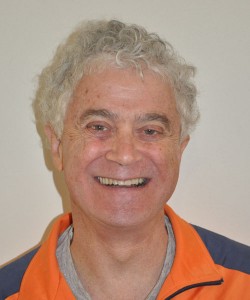 |
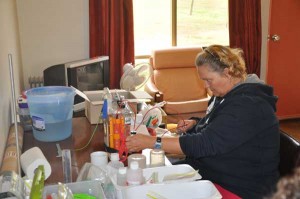 |
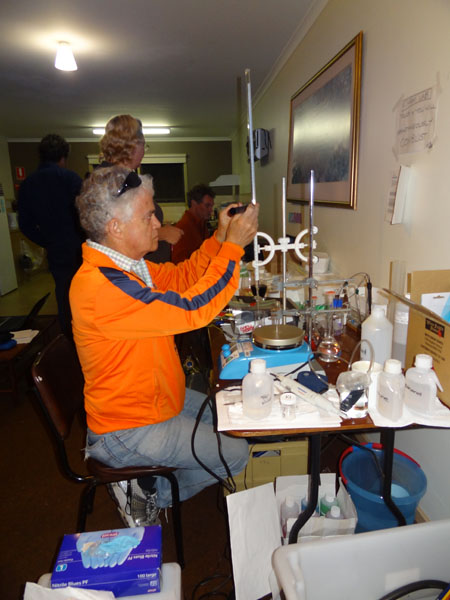 |
| Ian MacLeod | Vicki Richards in the “Conservation Lab” (photo by Mark Staniforth) | Ian at work (photo by Fiona Shanahan) |
The day was tied up with artefact registration and conservation and preparing artefacts for their ultimate reburial on the wreck site. For one conservation scientist (yours truly) the highlight was seeing a lead patch from the hull, which had clearly been against the timbers for a long time, as it was patinated with lead sulphide PbS, with localized populations of anaerobic bacteria. The exposed side was characterized by the lighter coloured patina of anglesite (lead sulphate) and hydrocerussite (lead hydroxyl carbonate) along with colonization by serpulids (calcareous polychaetes) and bryozoans. Some leaded glass fragments were also recorded and appear to have come from a heavy tumbler.
Unwritten law normally prevents bloggers from dwelling upon matters fecal but the presence of a large number of cormorants on the spuds (legs of the platform) has provided significant operational challenges for the conservation, registration and operational diving teams as they swab the decks, clean down the containers and try to keep the impact of the defecation of seabirds at bay. Random observations note that the juveniles have a more brown coloured deposit than that of their parents. Underwater the excavation team made superb progress through the matrix of the clay deposits that cover a horizon on the wreck site.
by Dr Ian MacLeod Conservation Scientist Western Australian Museum